
OR
‘Maintaining price stability is NRB’s responsibility’
Published On: July 7, 2016 09:26 AM NPT By: Kuvera Chalise | @@kchalise
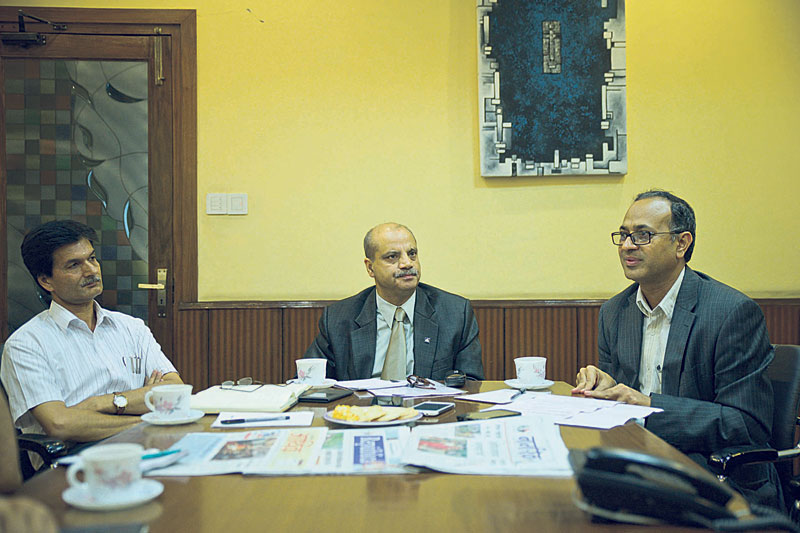
KATHMANDU, July 6: Nepal Rastra Bank (NRB) should work for maintaining price stability, whereas the government should shoulder the responsibility of propelling growth, according to experts.
As rising inflation means decline in value of money, the central bank has to crack the whip on inflation to maintain the value of money and keep it stronger, according to Head of the Central Department of Economics under Tribhuvan University, Ram Prasad Gyawali.
In the budget for Fiscal Year 2016/17, the government has targeted to contain inflation under 7.5 percent, whereas the economic growth has been targeted at 6.5 percent.
However, the economic growth and inflation targets have been eluding the government for the past couple of years due to various reasons. The government has failed to meet economic growth and inflation targets in the current fiscal year as well. Though the government had targeted 6 percent economic growth in the current fiscal year, the Central Bureau of Statistics (CBS) has estimated that the economy will grow by 0.77 percent only.
Likewise, inflation is hovering above 10 percent almost round the year even though the government had set a target of containing inflation below 8.5 percent in Fiscal Year 2015/16. Generally, banks are offering 1-3 percent interest on savings account. Inflation above 10 percent means a depositor will lose Rs 7, even after adding interest income, in his deposit of Rs 100 in a year.
Nepal Bankers Association (NBA) President and CEO of NMB Bank Upendra Poudel echoed Gyawali. “The central bank has to focus more on taming inflation,” he added.
The government and the central bank do not accept double-digit inflation as the failure of Monetary Policy. “Though they blame supply side constraints and non-economic reasons for exorbitant market price hike, it is the failure of the Monetary Policy,” Gyawali said, suggesting that the central bank bring a tight Monetary Policy to contain inflation below the target.
“The government has targeted to contain inflation at 7.5 percent in the coming fiscal year. There is every possibility of contain inflation at single-digit, if the central bank brings tight Monetary Policy by adopting open market operation policy,” he added. He further added that the central bank, through its Monetary Policy, should manage financial chaos created by the government through its fiscal policy.
Due to rising inflation, depositors have been reluctant to keep their money in banks and are turning to share market which has been offering better returns compared to banks.
If the Monetary Policy marginally increases bank rates, the excess liquidity, which is fueling the inflation, can be controlled and the interest rates will go up, which would eventually attract more deposit in the banks, and also curtail capital flight. “People will be encouraged to deposit as they get comparatively more return,” added Gyawali.
The lending rates have been below the inflation, which is ridiculous, according to Sanima Bank’s CEO Bhuwan Dahal. “Neither the lender nor the borrower is benefitting,” he added.
REPUBLICA ROUNDTABLE
Monetary Policy Committee should be formed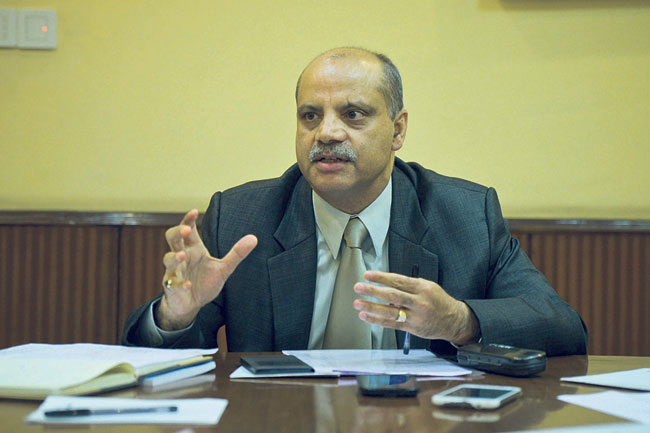 Upendra Poudyal
Upendra Poudyal
President, Nepal Bankers Association
I think we should have Monetary Policy Committee, like in other countries, which would set a certain inflation target, among others. In Nepal, Nepal Rastra Bank (NRB) is considered the economic advisor of the government which also helps in meeting the inflation target set by the government. But it seems that the government does not consult
NRB much I which introducing its fiscal policy. Monetary Policy Committee, with representations from various stakeholders, can work to reduce the gap between the fiscal policy and the monetary policy.
We have been saying that the budget for the coming fiscal year is very ambitious and hence cannot be implemented. But I think the budget should always be ambitious so that extra efforts will be put to meet the target.
Since the budget is focused on infrastructure projects, the monetary policy for the upcoming fiscal year should also support the government’s focus. One of the stumbling blocks for the infrastructure development is a mentality that the government should pay interest for the borrowing. That is why there has been very few domestic borrowing in recent years. There should be more investment in the infrastructure projects. More domestic debt should be raised if needed. The monetary policy should take an initiative for address financing deficit for infrastructure projects. This is also the need of the banking industry as interest rates here are quite volatile. There are not much instruments for banks to invest liquid funds. Also the door should be opened for the private sector to launch their bonds. International Finance Corporation has also taken the initiative to issue bonds in local currency. But it has not moved ahead as planned in the absence of legal framework.
There are also worries that the budget, which is of distributive nature, will put pressure on inflation as such expenses do not help to maximize domestic products. Government expenditures should help to generate output or employment. Otherwise, it will only make products and services expensive.
Arranging funds for industries for import substitution at a time when there is huge trade gap is another key area that the monetary policy should address.
It is high time that the central bank reviewed its mandatory deprive sector lending policy for banks. It should review whether the policy has really brought the desired results.
Inflation linked to supply system rather than money supply
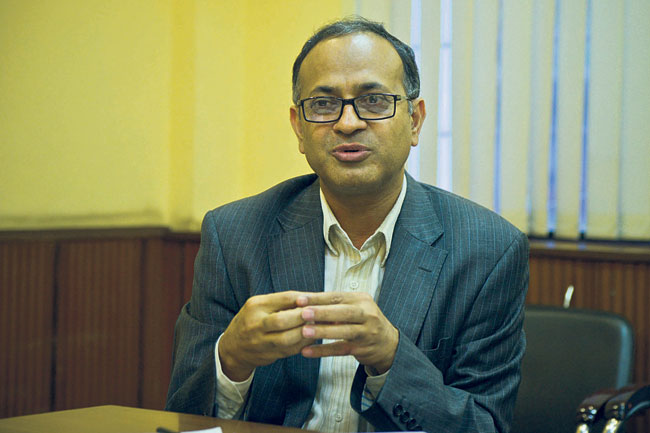 Bhuvan Kumar Dahal
Bhuvan Kumar Dahal
CEO Sanima Bank Ltd
Given that the central bank has the objectives of maintaining financial stability, price stability and economic growth, NRB should also have to work toward meeting the objectives of the fiscal policy. What the central bank can do is reduce the cost of the financial intermediary so that there would be good flow of the finance toward private sector and help increase economic activities. It should also emphasize on making banking system robust. The government plans to borrow Rs 111 billion in the upcoming fiscal year. There is 6 percent cash reserve ratio requirement for commercial banks. The government’s capacity to borrow will increase if the current CRR requirement is marginally reduced. The banks currently have total deposit of around Rs 1,500 to Rs 1,600 billion. If we have to support the government’s borrowing plan, CRR has to be reduced. However, loan-able fund for the private sector is not going to increase just by reducing CRR or Statutory Liquidity Ratio requirement because Credit Deposit (CD) ratio is there to govern that all.
There is a concept here that more loan-able fund for the private sector can be arranged by reducing SLR and CRR requirements. Fact is, the reduction in CRR and SLR is not going to help the availability of loan-able funds unless the CD ratio requirement is changed. We should have CRR at 6 percent, SLR at 12 percent and CD ratio at 80 percent, as per NRB requirements. This means we should have around 25 percent of liquid assets. If loan to private sector is to be increased, the central bank should touch the CD ratio. To achieve the growth target, loan flow to private sector must be increased. Increasing CD Ratio by 2 percentage points to 82 percent means will make Rs 30 billion available to the private sector.
We need to do many things in Nepal for infrastructure development. The positive part is that we have foreign exchange reserve of around US$ 10 billion. The central bank should also study the possibility of external commercial borrowing like in India and putting in place a mechanism to hedge the risks of foreign exchange rate volatility in such borrowing. All these things, be it reducing CRR requirement or raising CD ratio, are going to put upward pressure on inflation. The government has never managed to contain inflation within its target. This means that inflation in Nepal is linked more on supply side factor rather than on money supply or from the demand side. As the base of inflation is already high, the target to contain inflation at 7.5 percent can also be seen on a positive light. So, the government might achieve the inflation target if takes serious measures to strengthen supply system in market.
Tight monetary policy needed to meet growth, inflation targets
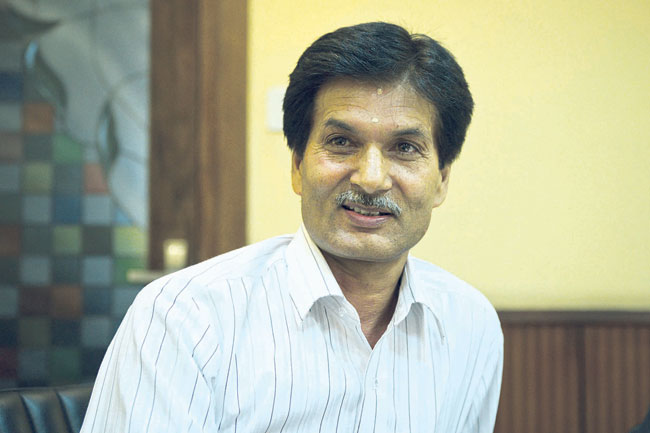 Ram Prasad Gyawali
Ram Prasad Gyawali
Head, Central Department of Economics, TU
While talking about the targeted economic growth and inflation rate, we should have closer look over past budget and GDP. Last year’s budget was 36 percent of the total GDP while the expenditure was only 31 percent. Country’s GDP is sure to grow as the government has set growth target of 6.5 percent for the new fiscal year. On rough calculation, the proposed budget for Fiscal Year 2016/17 is 44 percent of the total GDP. With such a low spending capacity, country’s economy will not be able to bear this excess liquidity. Excess liquidity and growing demand will contribute to inflation. Thus the first thing we need to know is that Nepal’s current economy has excess liquidity and excess demand both of which are due to larger size budget size.
Similarly, economic survey shows that money supply is increasing with every passing year. Our economy is troubled simultaneously by two aspects - excess liquidity of the government and excess liquidity is the banking sector. This double trap will certainly bring inflation. This can also widen deficit and hit other external sectors hard. This situation, however, will not affect exchange rate.
Thus the solution to control our economy, contain inflation target and achieve the growth target is to bring a tight monetary policy. The central bank can bring tight monetary policy in two ways, one is through open market operation policy and the other is by adopting direct policy. The Central bank should try to adopt open market operation policy as it is neither a profit-making organization nor formed as per political commitments. NRB has to look at the benefit and welfare of the nation. NRB will have to absorb monetary liquidity by adopting open market operation policy in the monetary policy.
The central bank can also adopt direct policy to make the monetary policy tight. This means that the central bank can marginally increase bank rates which will absorb excess liquidity. This will help to control inflation. With a tight monetary policy, inflation can be contained within single digit. Inflation can also be contained within the targeted 7.5 percent because current inflation rate of India is only 5.6 percent which will affect inflation in Nepal too.
However, one of the bad consequences of tight monetary policy is that the interest rate will grow marginally.
(As told to Kuvera Chalise, Sagar Ghimire and Sujan Dhungana)
You May Like This
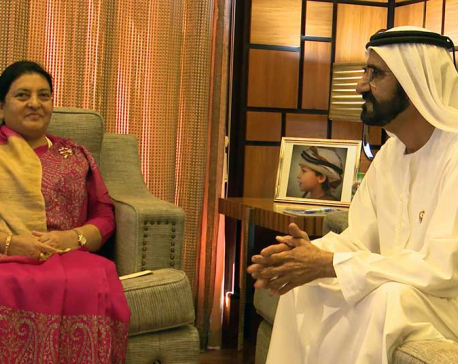
President's visit purpose: Give assurance that Nepal is poised for stability
President Bidya Devi Bhandari has said that the goal of her visit to the United Arab Emirates is to further... Read More...
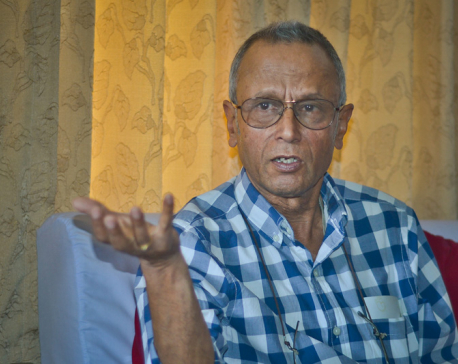
Karki is innocent until she is indicted and parliament approves the indictment
The impeachment motion against Chief Justice Sushila Karki on Sunday shocked the country. This was because Chief Justice Karki was... Read More...
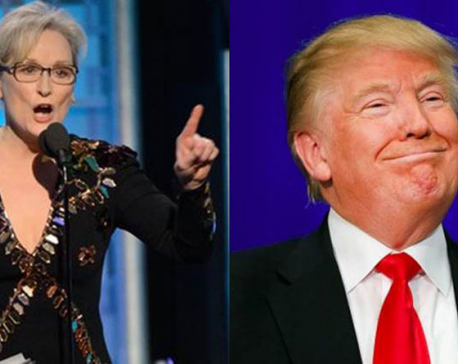
Meryl Streep is not an ‘overrated actor’ Donald Trump, she is the most decorated
President-elect Donald Trump took to Twitter on Monday, calling Meryl Streep “one of the most over-rated actresses in Hollywood” following... Read More...


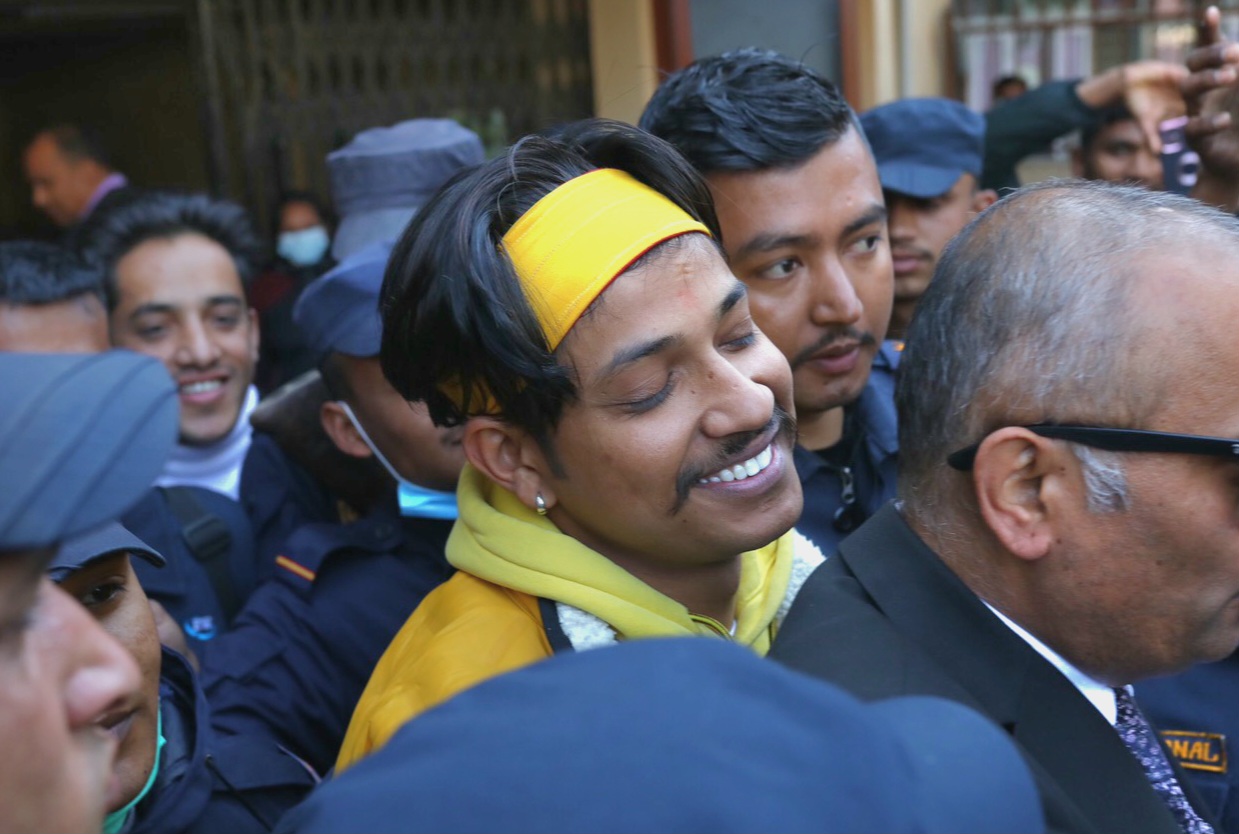

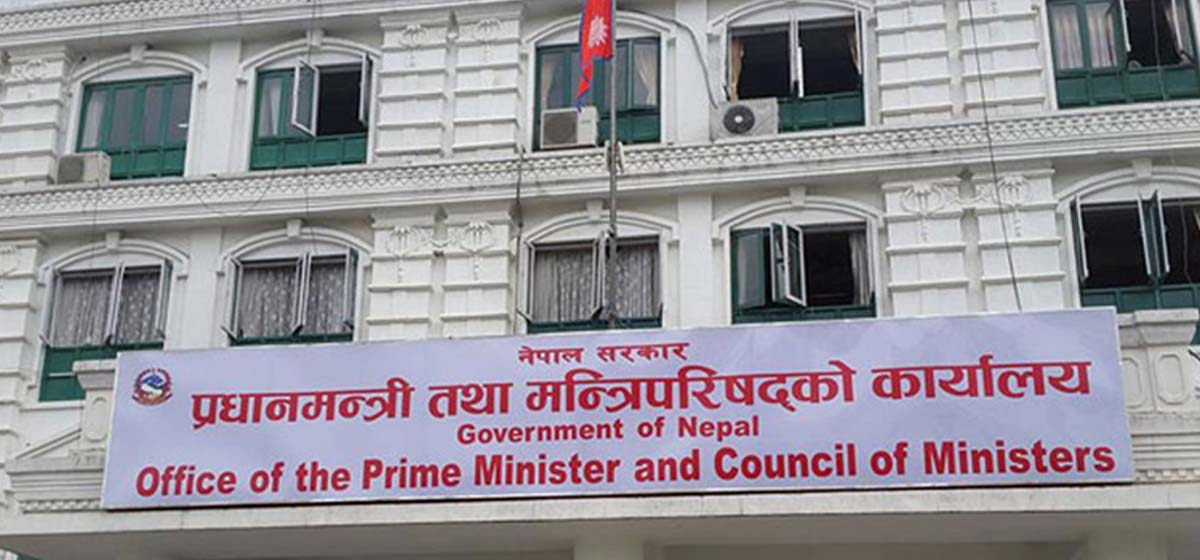
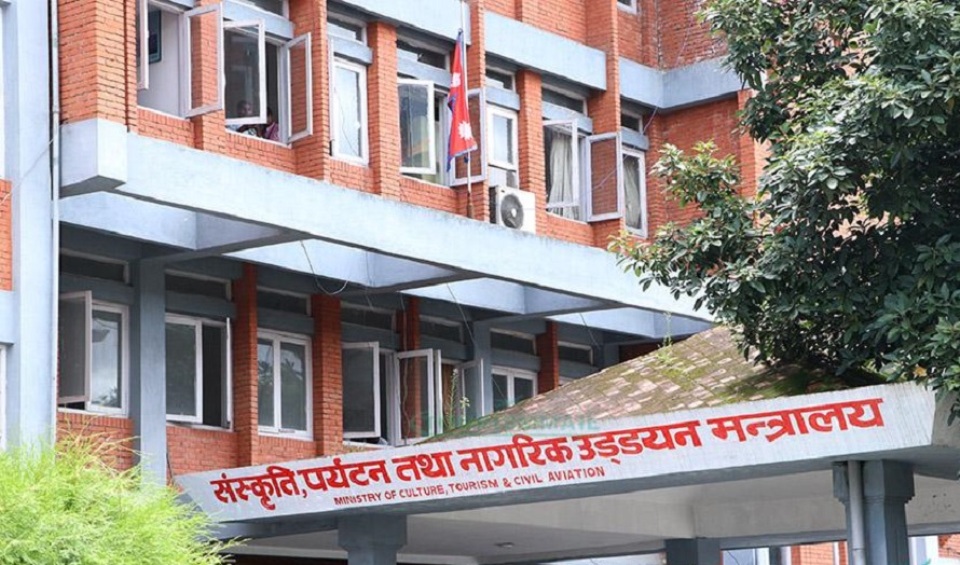


Just In
- Govt amends nine laws through ordinance to attract investors
- NRM to announce two citizen heroes today
- Federal capital Kathmandu adorned before Qatar Emir's State visit to Nepal
- Public transport to operate during Qatari king’s arrival, TIA to be closed for about half an hour
- One arrested from Jhapa in possession of 43.15 grams of brown sugar
- EC to tighten security arrangements for by-elections
- Gold price drops by Rs 2,700 per tola
- Seven houses destroyed in fire, property worth Rs 5.4 million gutted








Leave A Comment